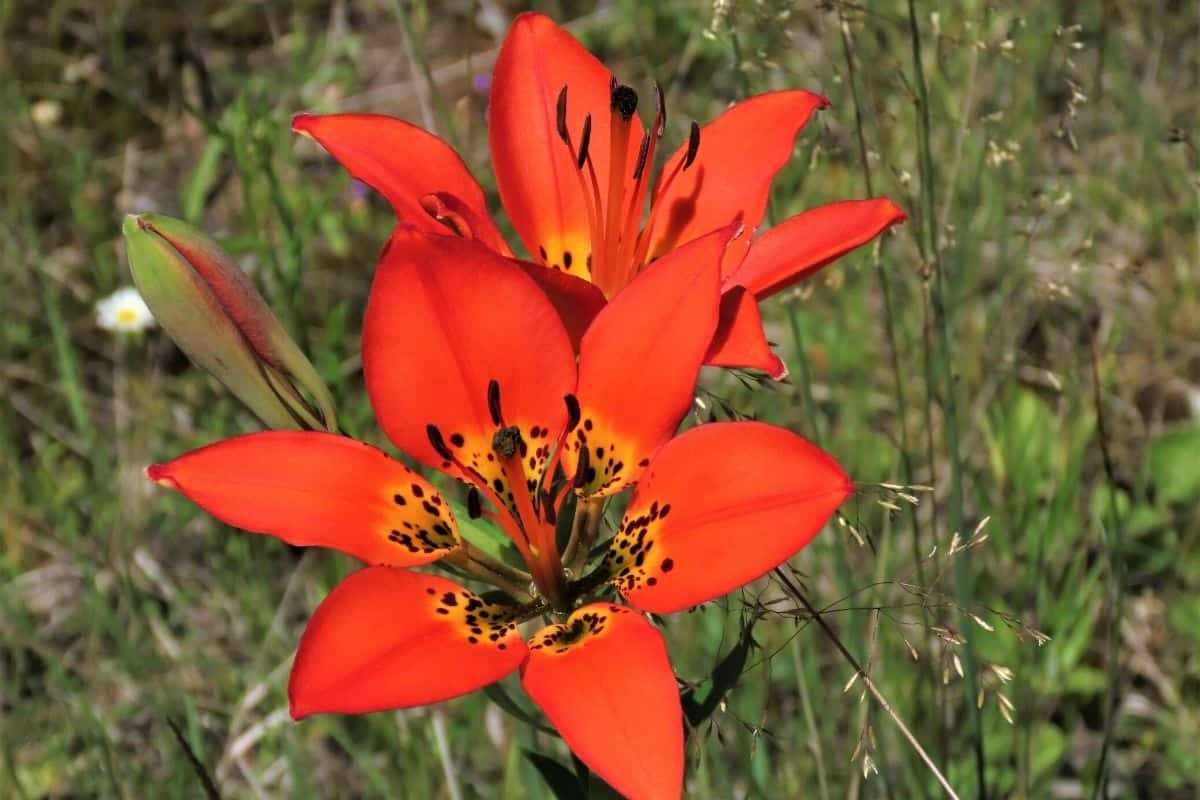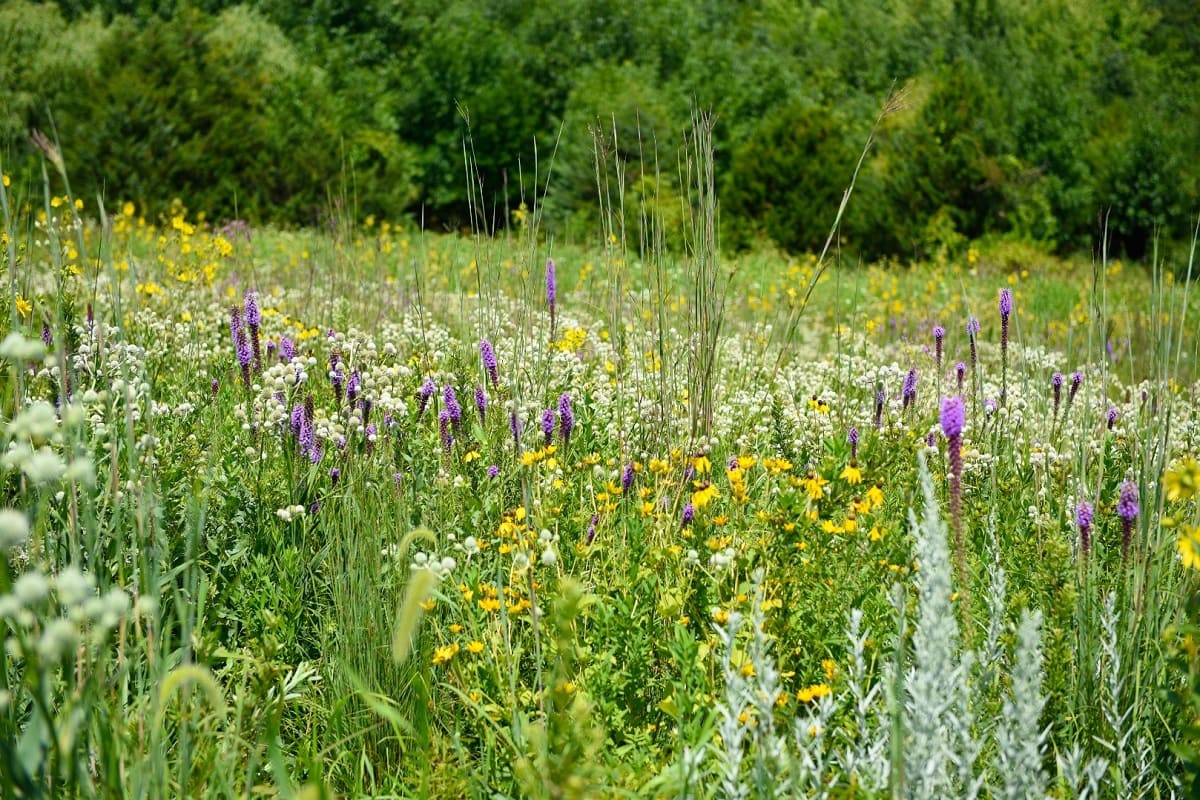Native plants of Iowa, a tapestry of vibrant flora, play a pivotal role in shaping the state’s ecological fabric. From towering trees to delicate wildflowers, these plants form the foundation of Iowa’s diverse ecosystems, providing sustenance and shelter for wildlife, safeguarding soil health, and purifying water sources. Embark on a journey into the realm of Iowa’s native plants, discovering their ecological significance and the vital role they play in preserving the state’s natural heritage.
The diverse landscape of Iowa, encompassing prairies, forests, and wetlands, harbors a rich array of native plant species. Trees such as the stately oak and towering hickory provide nesting sites for birds and shelter for countless other creatures. Shrubs like the fragrant elderberry and the thorny hawthorn offer sustenance and protection to a variety of wildlife. Flowers such as the vibrant purple coneflower and the delicate prairie smoke attract pollinators, ensuring the continuation of Iowa’s plant communities.
Identify Native Plant Species of Iowa: Native Plants Of Iowa

Iowa is home to a diverse array of native plant species, encompassing a wide range of types and habitats. These plants play a crucial role in maintaining the ecological balance and biodiversity of the state’s ecosystems.
The following is a comprehensive list of some of the most common native plant species found in Iowa, classified by type:
Trees
- Bur Oak (Quercus macrocarpa)
- White Oak (Quercus alba)
- Black Walnut (Juglans nigra)
- American Elm (Ulmus americana)
- Basswood (Tilia americana)
Shrubs
- Common Hazelnut (Corylus americana)
- Gray Dogwood (Cornus racemosa)
- Ninebark (Physocarpus opulifolius)
- Wild Plum (Prunus americana)
- Prickly Ash (Zanthoxylum americanum)
Flowers
- Pasque Flower (Anemone patens)
- Yellow Coneflower (Echinacea angustifolia)
- Wild Bergamot (Monarda fistulosa)
- Great Blue Lobelia (Lobelia siphilitica)
- Purple Coneflower (Echinacea purpurea)
Grasses
- Big Bluestem (Andropogon gerardii)
- Indian Grass (Sorghastrum nutans)
- Switch Grass (Panicum virgatum)
- Little Bluestem (Schizachyrium scoparium)
- Prairie Dropseed (Sporobolus heterolepis)
Ecological Significance of Native Plants in Iowa
Native plants play a crucial role in maintaining the health and balance of Iowa’s ecosystems. They provide food, shelter, and nesting sites for a wide variety of wildlife species, including birds, mammals, insects, and amphibians. Native plants also contribute to soil health by preventing erosion, improving water infiltration, and adding organic matter. Additionally, they help filter pollutants from water and air, improving water quality and air quality.
Wildlife Habitat
Native plants provide essential food and shelter for many wildlife species. For example, oak trees (Quercus spp.) produce acorns that are a valuable food source for squirrels, deer, and turkeys. Willow trees (Salix spp.) provide nesting sites for birds, and their leaves are a food source for deer and rabbits. Prairie grasses, such as big bluestem (Andropogon gerardii) and little bluestem (Schizachyrium scoparium), provide cover for nesting birds and small mammals.
Soil Health
Native plants help improve soil health by preventing erosion, improving water infiltration, and adding organic matter. Their deep root systems help hold soil in place, preventing erosion. Their leaves and stems also help slow down the flow of water, allowing it to infiltrate the soil more slowly. This helps prevent flooding and improves water quality. Native plants also add organic matter to the soil as they decompose, which helps improve soil fertility.
Water Quality
Native plants help improve water quality by filtering pollutants from water. Their leaves and stems can absorb pollutants, such as nitrogen and phosphorus, from water. Their root systems also help stabilize stream banks, preventing erosion and reducing the amount of sediment in water.
Conservation and Restoration of Native Plant Communities in Iowa

Native plant communities in Iowa face various threats, including habitat loss due to urbanization, agriculture, and invasive species. Conservation efforts focus on protecting and restoring these communities to maintain biodiversity and ecosystem health.
Threats Facing Native Plant Communities
- Habitat loss due to urbanization, agriculture, and development.
- Invasive species outcompeting native plants for resources.
- Climate change altering plant distribution and phenology.
- Pollution from agriculture, industry, and transportation.
Conservation Efforts
Conservation efforts involve various approaches to protect and restore native plant communities:
- Preservation of existing natural areas through land acquisition and conservation easements.
- Restoration of degraded areas through planting, prescribed burns, and invasive species removal.
- Management of invasive species to reduce their impact on native plants.
- Education and outreach to promote awareness and stewardship of native plants.
Individual and Organizational Contributions, Native plants of iowa
Individuals and organizations can contribute to conservation efforts through:
- Supporting land trusts and conservation organizations.
- Volunteering for restoration projects.
- Planting native plants in their own landscapes.
- Reducing their own impact on the environment, such as minimizing pesticide and herbicide use.